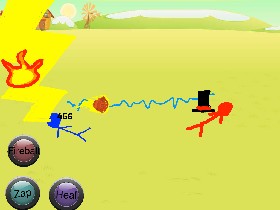

In fact, many find these principles are more important today given the nature of our society.įor some Iaido is an art where they get to practice a living breathing history, to be part of a continued tradition and preserve an important piece of cultural history. Many of the sensibilities from which these techniques were derived are alien to us I the present, however the underlying principles upon which they were based are still deeply relevant today. No longer do we walk around with 2 swords at a time when deadly personal combat was a daily possibility. The theories and cultural context from which Iaido originated are long gone.

What benefits can I expect from the study of Iaido?ĭifferent people find different things in Iaido and that is perhaps one of the reasons for its popularity. Loosely translated then, Iaido means being in harmony with one’s surroundings, always being prepared for any eventuality. Roughly, “I” comes from Iru, to be Ai (as in Aikido) means coming together, harmony, or love and Dō means road, or Way (in the Buddhist sense). The word itself is comprised of 3 Japanese characters: i-ai-do. As regard the meaning of Iaido, there are a number of interpretations and translations available and it does not translate into English at all easily. It’s hard to write it’s pronunciation and is one of many questions best asked of an Iaido instructor in person but to write it the best approximation would be Jeido. How do you pronounce Iaido and what meaning has it? For more information about the general progression of Iaido’s history check out this page. Each of these in turn has their own lineage and pedigree. There are many different styles or “ryu” of Iaido practiced and these developed as a result of different families and provinces, and of course different directions of thought. But with that commitment comes a great sense of achievement, personal and technical development and a unique skill set and place in an unbroken martial tradition. The subtle of even the simplest movements can take years to fully understand and appreciate it. As one learns the fundamentals and develops an increasing technical understanding the techniques themselves increase in difficulty and as such they demand a longer period of time to learn. Practising Iaido requires a long term commitment. With that said, the decision to study Iaido is not one to be made lightly. Iaido FAQ 2. Can I practise Iaido?Ĭertainly. Unlike many other arts it has not developed a sporting element and remains true to its focus on the development of mind, body, and spirit. It is perhaps the martial art most closely associated with the samurai class and Japanese nobility. However, many practitioners would say that there is a deeper purpose to Iaido, one that strives to develop awareness, centredness, sincerity, a calm mind, and mental and physical harmony through the practice of traditional sword techniques.
Old prodigy how to#


 0 kommentar(er)
0 kommentar(er)
